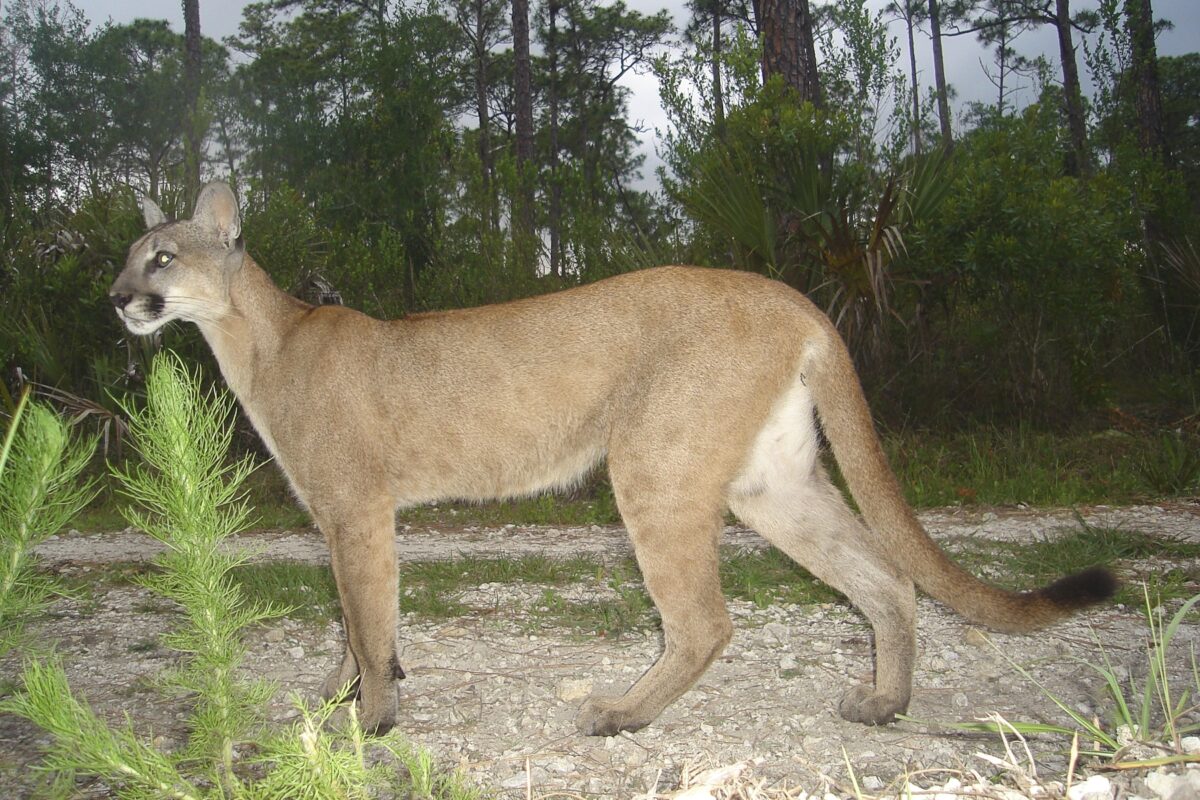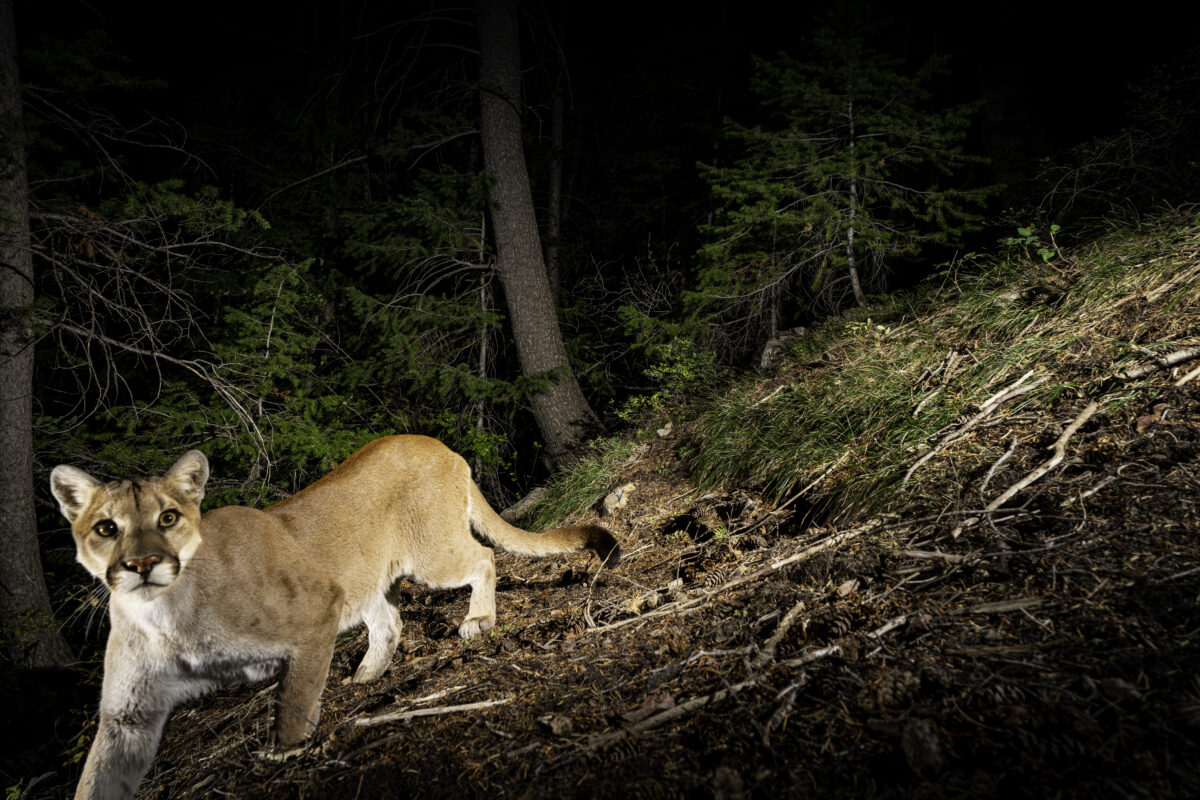
By Paige Munson, Science and Policy Coordinator
Mountain lions are found in each of the four US states that border the 1,951-mile-long US-Mexico border: California, Arizona, New Mexico, and Texas. The mountain lions that live at the US-Mexico border in California have long suffered from genetic isolation and limited habitat but are protected from hunting and trapping. In Arizona and New Mexico mountain lions are hunted as a game animal, but do not have the same genetic isolation and habitat issues. Texas mountain lions may face the most threats.
Two mountain lion populations exist in Texas, the West Texas and South Texas populations. Texas mountain lions can be hunted and trapped at unlimited levels without mandatory reporting.

Genetically, the western population and southern population are isolated from each other. The West Texas mountain lions have some genetic exchange with Mexico and New Mexico, but the South Texas mountain lions rely heavily on genetic exchange with Mexico.
Are mountain lions able to cross the border?
Currently there are about 700 miles of border barrier along the nearly 2,000 miles of the US-Mexico border. Most of the border remains without manmade barriers. Some of this land must remain border free, due to treaties, and other areas do not require them due to the ruggedness of the landscape. Manmade border barriers are usually classified as vehicle barriers or pedestrian barriers. Vehicle barriers are often permeable to people and large-bodied wildlife. Pedestrian barriers such as the border wall exclude people and large-bodied wildlife—including mountain lions.
Some portions of the wall contain small wildlife crossings the size of a sheet of printer paper to allow some wildlife through. These small crossings are not required as a part of construction, and even with them a study conducted in Arizona found that the wall blocked mountain lions from crossing 100 percent of the time without the additions of wildlife openings.

One of the successful crossing attempts was made by a female mountain lion and her three spotted cubs and was recorded in camera trap footage. The border wall still seems to be a major barrier to most mountain lions even with wildlife openings in place.
Current research is being conducted by Dr. Lisanne Petracca and her team of researchers with the Borderlands Research Institute and the Caesar Kleberg Wildlife Research Institute, working to understand how Texas mountain lions are responding to border barriers and how reliant they are on genetics from Mexico.
How will border barriers impact mountain lions?
In the short term, mountain lions and their prey could struggle to survive in areas blocked by the large border wall. Much of our border exists in an arid region with large distances between water sources. If mountain lions and their prey rely on water sources on both sides of the wall to live there, they may be at risk of die-off or forced to move out of the area.
In the long term, mountain lions that rely on genetic flow across the border may be at risk of inbreeding, and eventually local extinction as a result. Some of these issues may be able to be mitigated with more of the small wildlife openings that have already been used, however we need to better understand if mountain lions will use them or learn to with time.
Current federal policy is to continue border wall construction and the expansion of other barriers at the border, making the need to understand how they impact mountain lions more urgent.



 Facebook
Facebook Twitter
Twitter Send Email
Send Email


